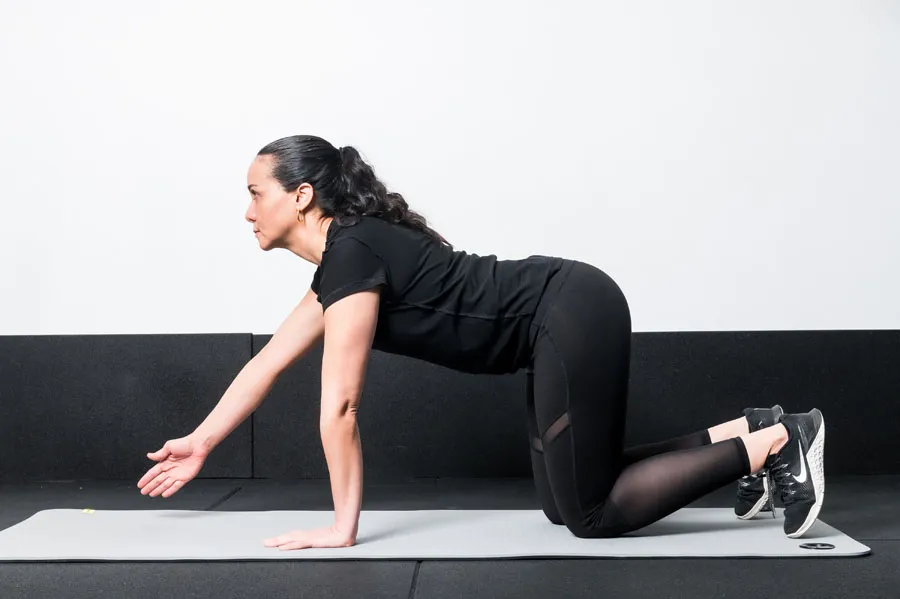
Osteoporosis, often called the “silent disease,” weakens bones, making them brittle and prone to fractures. While medications and dietary changes play a key role in its prevention and management, exercise emerges as a powerful tool for strengthening bones, improving overall health, and reducing the risks associated with this condition. Let’s explore how physical activity can prevent and manage osteoporosis effectively.
The Role of Exercise in Bone Health
Bones are living tissues that adapt and remodel in response to physical stress. Weight-bearing and resistance exercises put stress on bones, prompting them to rebuild and strengthen. Regular physical activity helps maintain or improve bone density, reduces the risk of fractures, and supports better posture and balance.
Exercise doesn’t just benefit bones—it improves overall physical and mental well-being, which is crucial for individuals managing osteoporosis.
Types of Exercises for Osteoporosis
Different types of exercise impact bone health in unique ways. Here are the key categories of osteoporosis-friendly workouts:
- Weight-Bearing Exercises Activities like walking, jogging, dancing, or climbing stairs encourage bones to bear weight, stimulating their growth and strength. They are particularly effective in preserving bone density in the hips and spine, common sites for osteoporotic fractures.
- Resistance Training using weights, resistance bands, or bodyweight exercises (e.g., push-ups or squats) strengthens bones and improves muscle mass, which further supports bone health. Resistance exercises target specific areas prone to fractures, like the wrists and spine. Equipment such as rowing machines can also complement these exercises.
- Balance and Stability Exercises Practices such as Tai Chi or yoga enhance coordination and prevent falls—a major cause of fractures in individuals with osteoporosis.
- Posture and Flexibility Exercises Stretching and posture-improving exercises can help alleviate pain and reduce the risk of spinal fractures caused by poor posture or compression.
Preventing Osteoporosis with Exercise
For individuals without osteoporosis but at risk due to age or family history, exercise acts as a preventive measure. Key strategies include:
- Starting Early: Bone density peaks in the late twenties, so engaging in weight-bearing activities early in life can build strong bones and reduce the likelihood of osteoporosis later.
- Consistency is Key: Regular exercise—at least 30 minutes most days of the week—is critical for maintaining bone density and overall health.
- Holistic Approach: Combining exercise with a bone-healthy diet rich in calcium and vitamin D ensures optimal results.
Managing Osteoporosis with Exercise
For those diagnosed with osteoporosis, exercise becomes an integral part of management. However, it’s important to approach it carefully to avoid injury:
- Consult a Healthcare Professional: Before starting an exercise routine, consult a doctor or physical therapist to ensure the chosen activities are safe and effective.
- Focus on Low-Impact Activities: High-impact exercises like running or jumping may increase fracture risk. Instead, focus on low-impact weight-bearing exercises such as walking or elliptical training.
- Strengthen Core and Back Muscles: Exercises targeting the back and abdominal muscles can support the spine and reduce the risk of compression fractures.
- Fall Prevention: Balance exercises help prevent falls, which are a major concern for individuals with osteoporosis.
- Gradual Progression: Increase intensity and duration gradually to avoid undue stress on bones and joints.
Benefits Beyond Bone Health
Exercise offers several additional benefits for individuals with osteoporosis:
- Improved Mobility: Regular activity can reduce stiffness and improve joint movement, helping individuals maintain independence.
- Pain Management: Gentle, consistent movement can alleviate chronic pain often associated with osteoporosis.
- Mental Well-Being: Physical activity boosts mood, reduces anxiety, and improves sleep quality—all vital for managing chronic conditions.
Precautions for Exercising with Osteoporosis
While exercise is beneficial, caution is essential to avoid injuries:
- Avoid movements that involve twisting the spine or bending forward from the waist, as these can increase the risk of spinal fractures.
- Pay attention to posture during exercises to minimize strain on bones.
- Use proper footwear and exercise in safe environments to reduce the risk of falls.
Conclusion
Exercise is a cornerstone for preventing and managing osteoporosis. By choosing the right types of physical activity and incorporating them into daily routines, individuals can strengthen their bones, improve their overall health, and reduce the risks associated with this condition. With guidance from healthcare professionals and a commitment to regular movement, osteoporosis can be tackled effectively, paving the way for stronger bones and a better quality of life.
ALSO READ: What Kinds of Insurance Policies Are Necessary for Barbers?
